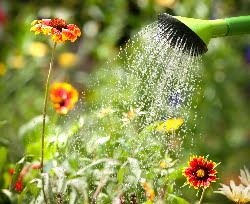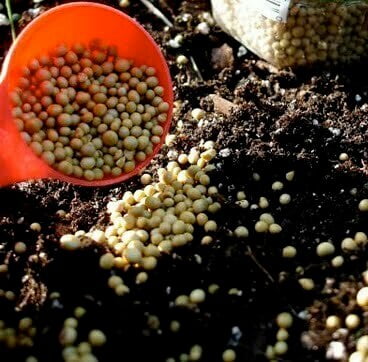Top Tips to Keep Pots and Containers Looking Their Best
Choosing the Right Pot: Emphasize the importance of selecting a pot that complements the plant’s needs. For instance, terracotta pots are great for plants that prefer dry soil, while plastic pots retain moisture better for water-loving plants.
Drainage Is Key: Stress the significance of good drainage in pots. Without proper drainage, plants can suffer from root rot. Suggest adding a layer of gravel or broken pottery at the bottom of the pot to improve drainage.
Monitoring Sunlight and Temperature: Provide guidance on how to position pots according to the plant’s sunlight and temperature requirements. Remind readers that pots can heat up or cool down faster than garden soil, affecting the plant’s health.
Repotting Plants: Offer advice on when and how to repot plants. This could include signs to look out for, such as roots coming out of drainage holes, which indicate it’s time to move the plant to a larger pot.
Preventing Pests and Diseases: Discuss strategies to prevent and deal with common pests and diseases in container plants. Mention the importance of inspecting plants regularly and treating issues early with appropriate methods.
Five Key Points to Remember to Keep Pots and Containers Looking Their Best
Consistent Watering: Remember that container plants have limited soil and therefore dry out faster. Water consistently and adjust frequency based on the plant’s needs and the season.
Balanced Fertilization: Over-fertilizing can be as harmful as under-fertilizing. Use a balanced approach, considering the specific needs of each plant.
Prune Regularly: Regular pruning not only maintains the shape but also encourages healthier growth. Don’t wait until the plant is overgrown.
Observe for Stress Signs: Pay attention to signs of stress in plants, such as yellowing leaves or stunted growth, which can indicate issues with watering, sunlight, or nutrition.
Seasonal Adjustments: Adjust care routines according to the seasons. Plants may need more water and sun in summer and less in winter, and some may require indoor protection during cold months.






